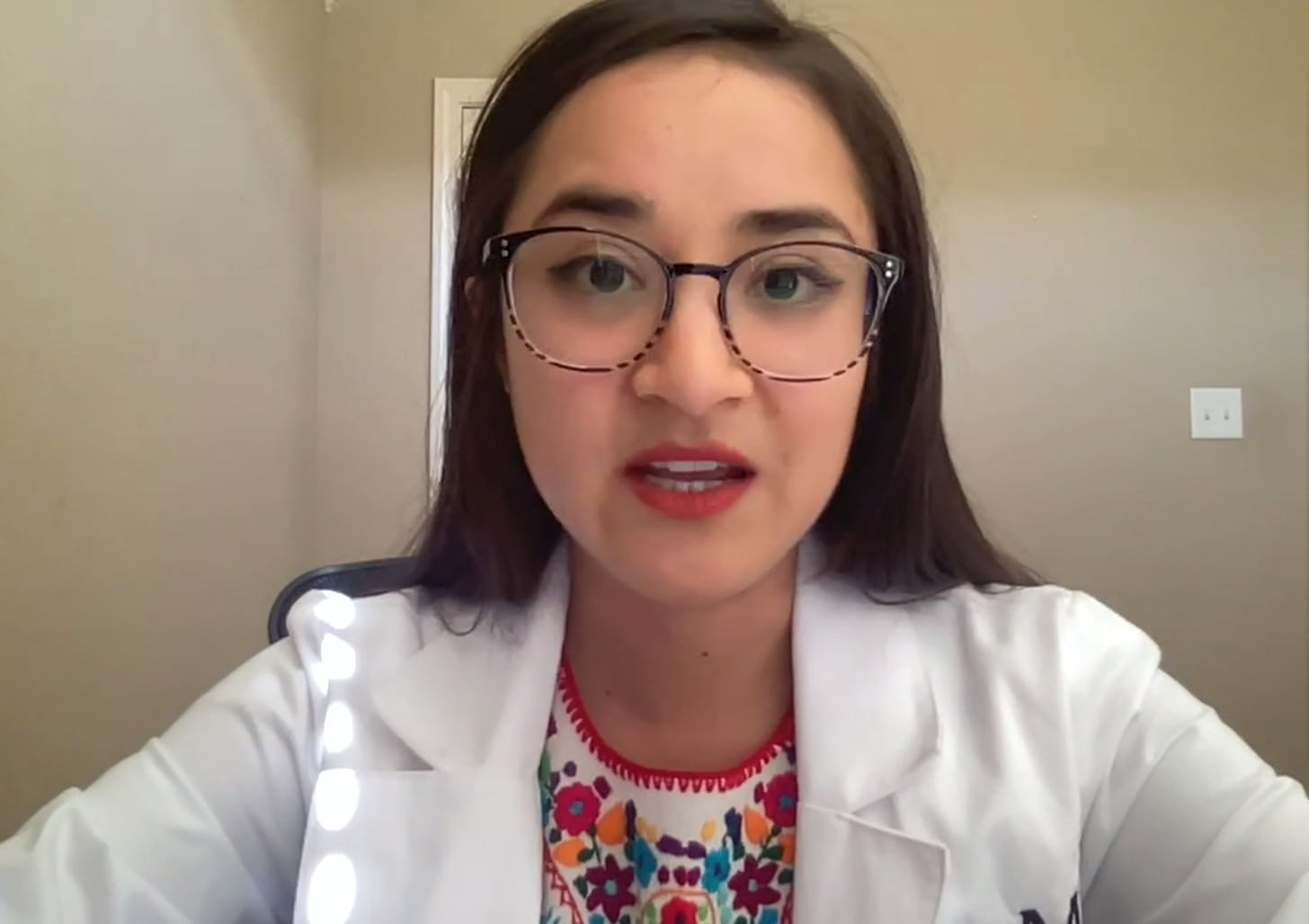UAMS Celebrates Hispanic Cultures at Virtual Event
| The University of Arkansas for Medical Sciences (UAMS) celebrated National Hispanic Heritage Month with an event in which medical residents and faculty members from the College of Medicine’s Department of Family and Preventive Medicine described the Spanish-speaking nations and territories where they grew up.
The UAMS Division for Diversity, Equity and Inclusion’s (DDEI) Diversity and Inclusion Engagement Subcommittee organized the virtual event, Unidos: Inclusivity for a Stronger UAMS.
Kazandra Wilson, Ed.D., advocate and community engagement coordinator for DDEI’s Pathways Academy, moderated the event. Wilson, who is from Mexico City and has lived in Arkansas for 10 years, noted that more than 250,000 Arkansans identified as Hispanic in the 2020 census.
“According to trends and projections, this number is only going to continue growing,” she said. “So it only feels natural that agencies and institutions like UAMS are being intentional about providing language services and recruiting students and employees from minority groups.”
Diorella Lopez Gonzalez, a third-year resident in the family medicine program, showed a series of photos depicting her hometown of Caguas, Puerto Rico. She said Puerto Rico has been influenced by the American Indian, Spanish and African people who have lived there, leading to diversity not only on the island but also within her family.
“I think it’s just beautiful how in one family you can see all of that,” Lopez Gonzalez said.
German Corrales, a first-year resident, grew up in Cordoba, Argentina, and has lived in the United States for nearly four years. Corrales highlighted Argentina’s biodiversity, with different regions featuring jungles, snowscapes, mountains or lakes.
The country is also diverse in its population, he said. Many immigrants arrived from Italy, Spain and Germany after World War II, and Argentine culture reflects those influences, particularly in its cuisine.
Corrales also talked about the Argentine asado, a gathering of friends and families that is similar to an American barbecue. “It’s not about the food or the drinks; it’s more about the moment,” he said. “We are a very passionate people, and we love to spend time with our friends and family.”
First-year resident Viridiana Saenz said she lived in Ciudad Juarez, Mexico, until age 18, when she moved across the border to El Paso, Texas, to continue her studies. Saenz said she tells people that she’s “from the border,” noting that while the region is divided between Mexico and the U.S., “it’s really just one big community.”
Saenz said the Mexican culture is notable for its unique celebrations, including its Sept. 16 independence day and el Dia de Muertos, a holiday in which the living pay respect to those who have passed away. “There’s always a big thing going on for us,” she said.
“Growing up in Mexico is a big point of pride, and I am very honored to represent it,” Saenz said.
Monica Ferrero, M.D., an assistant professor in the Department of Family and Preventive Medicine, was raised in Cali, Colombia. Ferrero said Colombia’s location on the equator meant she didn’t experience seasonal differences in the weather, so moving to the U.S. marked a big change.
She said salsa dancing is an important part of the Colombian culture, especially in Cali. Each December, Cali holds a daylong event in which members from area salsa schools dance through several miles of the city’s streets.
Ferrero said Colombians can be characterized by their desire to be happy, to spend as much time as possible with family and friends, and to enjoy those reunions with food and with dancing.
National Hispanic Heritage Month is recognized each year from Sept. 15 to Oct. 15. It began as Hispanic Heritage Week, instituted by President Lyndon Johnson in 1968. President Ronald Reagan expanded it in 1988 to cover a 30-day period that includes the anniversaries of independence for Costa Rica, El Salvador, Guatemala, Honduras and Nicaragua, as well as the independence celebrations of Mexico and Chile.
